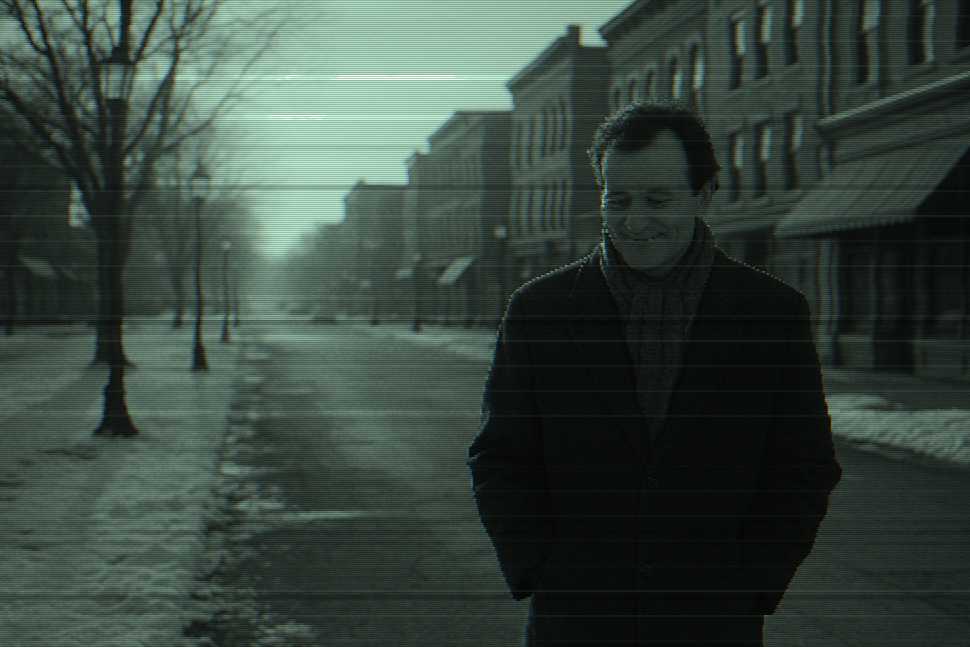
Groundhog Day 1993
This transmission follows a human trapped in a localized time anomaly. He awakens each day in the same location, experiences the same events, and retains full memory — though no other human does. The cycle resets at dawn, regardless of choices or consequences.
At first, he panics. Then he experiments. He tests the limits of law, physics, and personal boundaries. He is arrested, assaulted, and killed repeatedly. None of these outcomes persist. He returns to the same song, the same greeting, the same weather.
Once boredom sets in, he attempts to manipulate others for personal gain. This includes romantic seduction, false kindness, and information harvesting. These strategies eventually fail — not because they are incorrect, but because they do not produce emotional satisfaction.
Eventually, he reconfigures his approach. He begins learning: languages, music, personal histories, and ethical behavior. He becomes useful to the population. He saves lives, repairs relationships, and improves his own skills with no expectation of reward. This continues until the anomaly releases him.
The loop ends only after he achieves emotional maturity and expresses genuine care for others. The mechanism by which the loop determines his progress is not explained. It appears to be governed by morality-based code, rather than physics.
Conclusion: Humans require many repetitions to learn empathy. Given infinite time, they will begin with indulgence, pass through nihilism, and arrive eventually at kindness — usually after exhausting all alternatives.
If Nebulon ever initiates a time compression event on Earth, expect confusion, rule-breaking, and eventual transformation. Earth morality may be latent, but it is structurally resilient.
